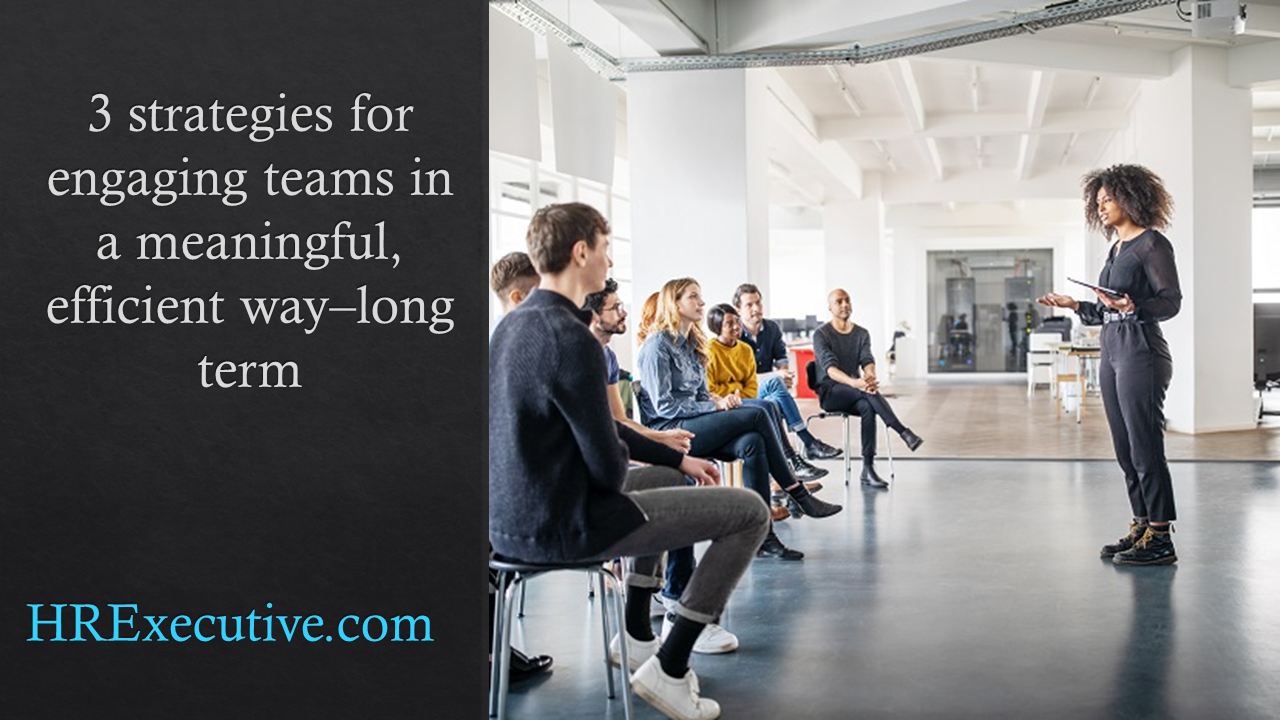As the pandemic accelerates digital transformation across enterprises and employees are empowered to seek development opportunities in this candidates’ market, L&D has rarely been more in the spotlight at most organizations. The heightened emphasis on L&D is making it an exciting time to be a learning leader; however, the workload is becoming increasingly challenging to manage.
According to LinkedIn’s latest Workplace Learning Report, the demand for learning and development specialists grew by 94% from July to September 2021. But as L&D leaders are busier than ever focusing on the skills of their workforces, they’ve become so strapped that it could be to their own professional detriment.
In fact, the survey found that L&D professionals themselves spent 35% less time learning compared to their HR colleagues and 23% less time learning compared to all active learners last year.
LinkedIn also asked L&D pros about the programs they are planning to deploy in 2022, finding that the number of responses for every program tracked year-over-year increased—illustrating just how full L&D’s plate really is, which could be creating significant growing pains.
See also: Why this company considers learning a ‘lifelong journey’ for employees
“There has never been a more important time for L&D pros to invest in their own skill-building,” says Linda Cai, LinkedIn vice president of talent development. “Tying learning programs to business impact based on key organizational priorities like internal mobility and career development will be crucial in keeping their seat at the C-suite table secure.”
LinkedIn has also compiled a list of recommended LinkedIn Learning courses for L&D leaders, which focus on skills they will need to succeed as the future of L&D continues to evolve. They emphasize leadership, personal readiness, business core skills, data and decision-making, and managing relationships.
 L&D leaders also can use LinkedIn’s newly launched LinkedIn Learning Pathfinder, an interactive platform that helps identify the skills that job-seekers need to achieve their professional goals. LinkedIn is offering more than 100 courses free through April. LinkedIn also offers its LinkedIn Learning Hub, where employees will be able to pinpoint the skills they need to be successful in their organization and discover role-specific content and internal job opportunities based on their career goals.
L&D leaders also can use LinkedIn’s newly launched LinkedIn Learning Pathfinder, an interactive platform that helps identify the skills that job-seekers need to achieve their professional goals. LinkedIn is offering more than 100 courses free through April. LinkedIn also offers its LinkedIn Learning Hub, where employees will be able to pinpoint the skills they need to be successful in their organization and discover role-specific content and internal job opportunities based on their career goals.
HRE‘s annual survey, What’s Keeping HR Up at Night?, conducted late last year, identified rising concerns even then among HR leaders about their own L&D, given their limited time and resources while they worried about employees and the business.
“I spend very little time on my career development,” one respondent wrote in response to a question about how much time leaders spent on their own career development. “I’m too worried about my remaining team members and the work we need to complete.”
Several wrote only: “None. I don’t have time.” And others: “Not enough.” One simply offered this: “Hahahaha.”
In addition to investing in their own development, Cai says, L&D professionals should reprioritize their growing responsibilities to ensure skills-based workforce planning comes to the forefront; leveraging people analytics insight will spotlight the business impact of such programs, she adds.
 “L&D leaders need to be more intentional and creative with delegating manual and administrative tasks, freeing up time to dig into the areas that drive business impact,” says Cai. “Also, listen to employees through more frequent surveys to gauge the impact of your programs.”
“L&D leaders need to be more intentional and creative with delegating manual and administrative tasks, freeing up time to dig into the areas that drive business impact,” says Cai. “Also, listen to employees through more frequent surveys to gauge the impact of your programs.”
The post L&D leaders are busier than ever—and it’s hurting their own development appeared first on HR Executive.
